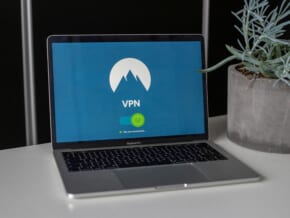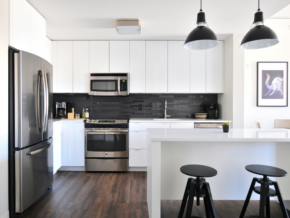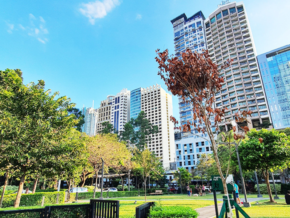Home Gardening 101: A Basic Guide in Growing Your Own Food at Home
Updated as of August 12, 2020
With the pandemic almost shutting the entire world for months, businesses and economies were severely damaged and we are forced to adapt to what we call now as the ‘new normal’.

In this new normal, one thing that people should consider is survival. Thus, several countries including the Philippines are highly-encouraging growing our own food as the new normal.
Also read: What You Need to Know About the ‘New Normal’ in the Philippines
Home gardening
Home gardening has always been a household idea and lately, more and more people are engaging and discovering the benefits of growing your own plants at home. Not only does it give you organic produce but it is also said to help boosting one’s mood.
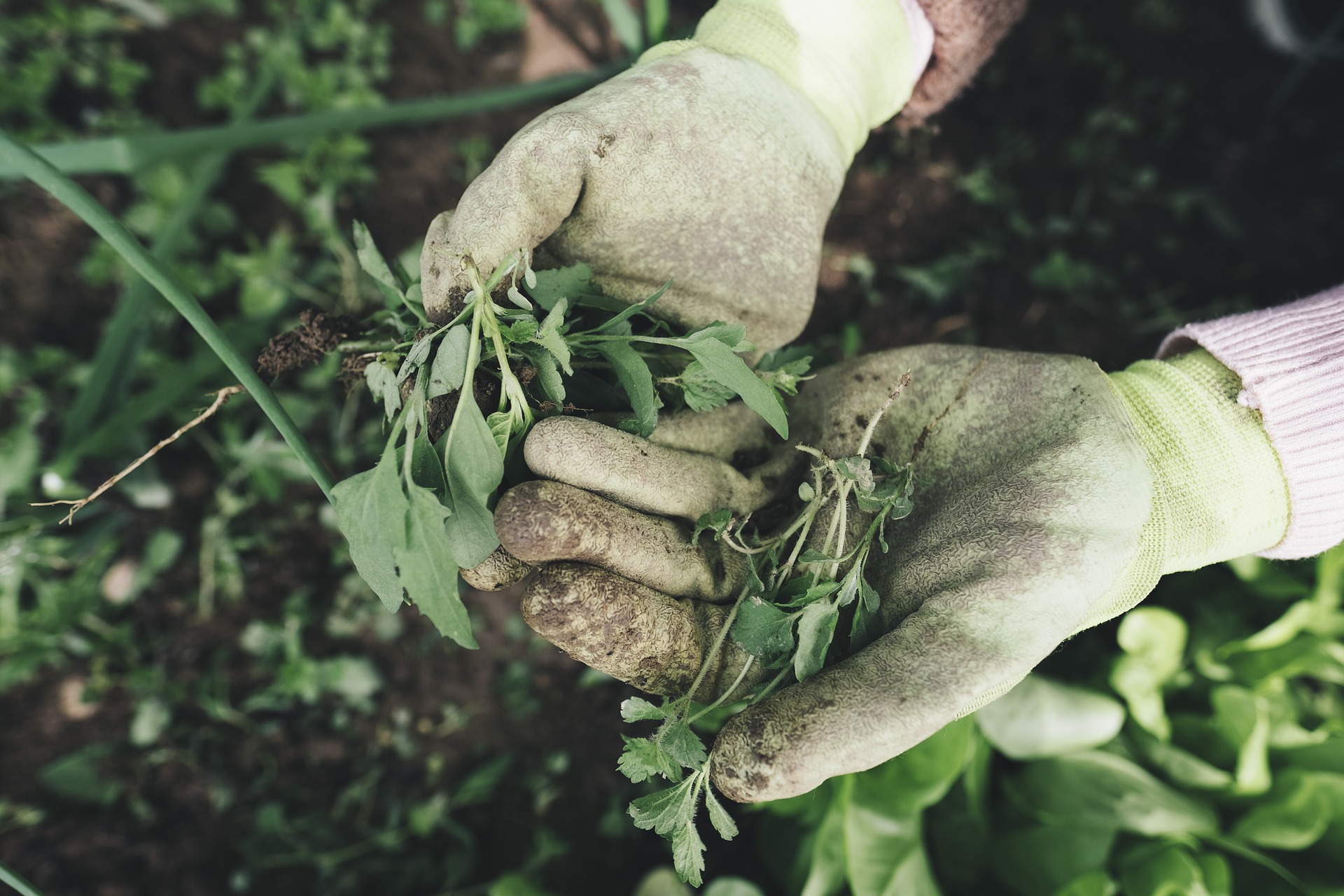
Growing your plants take up a lot of patience and trial and error but with a little planning and a lot more of caring, you’ll have a vegetable and fruit garden in no time, may it be in a big or small backyard.
Here are some tips to take note when preparing for your own vegetable or fruit garden:
Choose the right plant
Choosing the right plant is one of the most important things to consider. If you have a smaller backyard, pick plants that don’t grow or crawl up big like tomatoes, lettuce, water spinach (kangkong), calamansi, peppermint, basil, and arugula. Some of these small plants can also be planted on pots or beds, which is easier especially for people who have limited space outdoor.
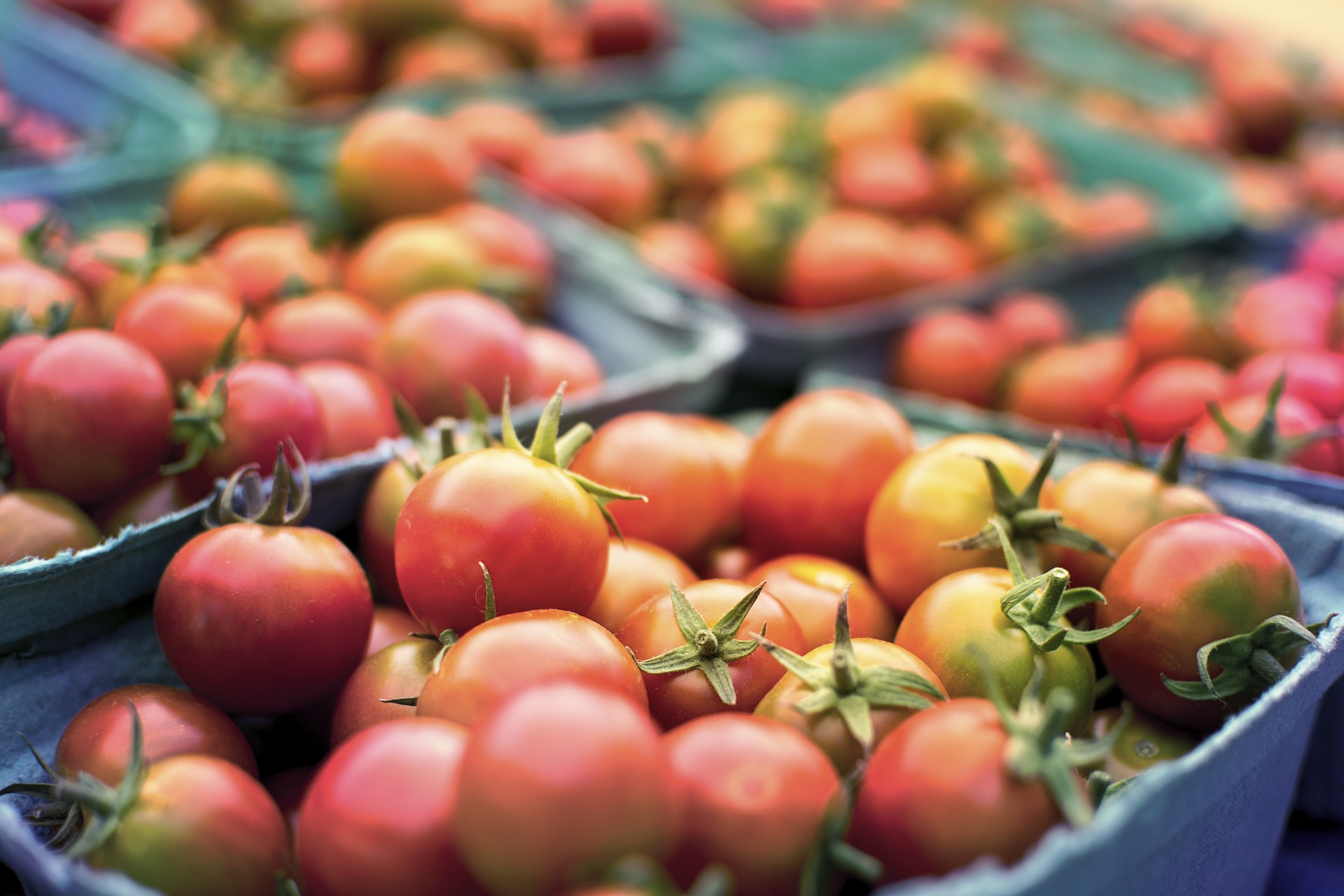
Choose the right bed
If you have a bigger backyard and you’re planning to get bigger plants, it is important to visualize your plant bed once they are full-grown. Make sure to research on the plant’s height and size and anticipate its growth by allotting a bigger space for them. You can create your own plant box or choose the right space for your bed, considering the right amount of sun as well.
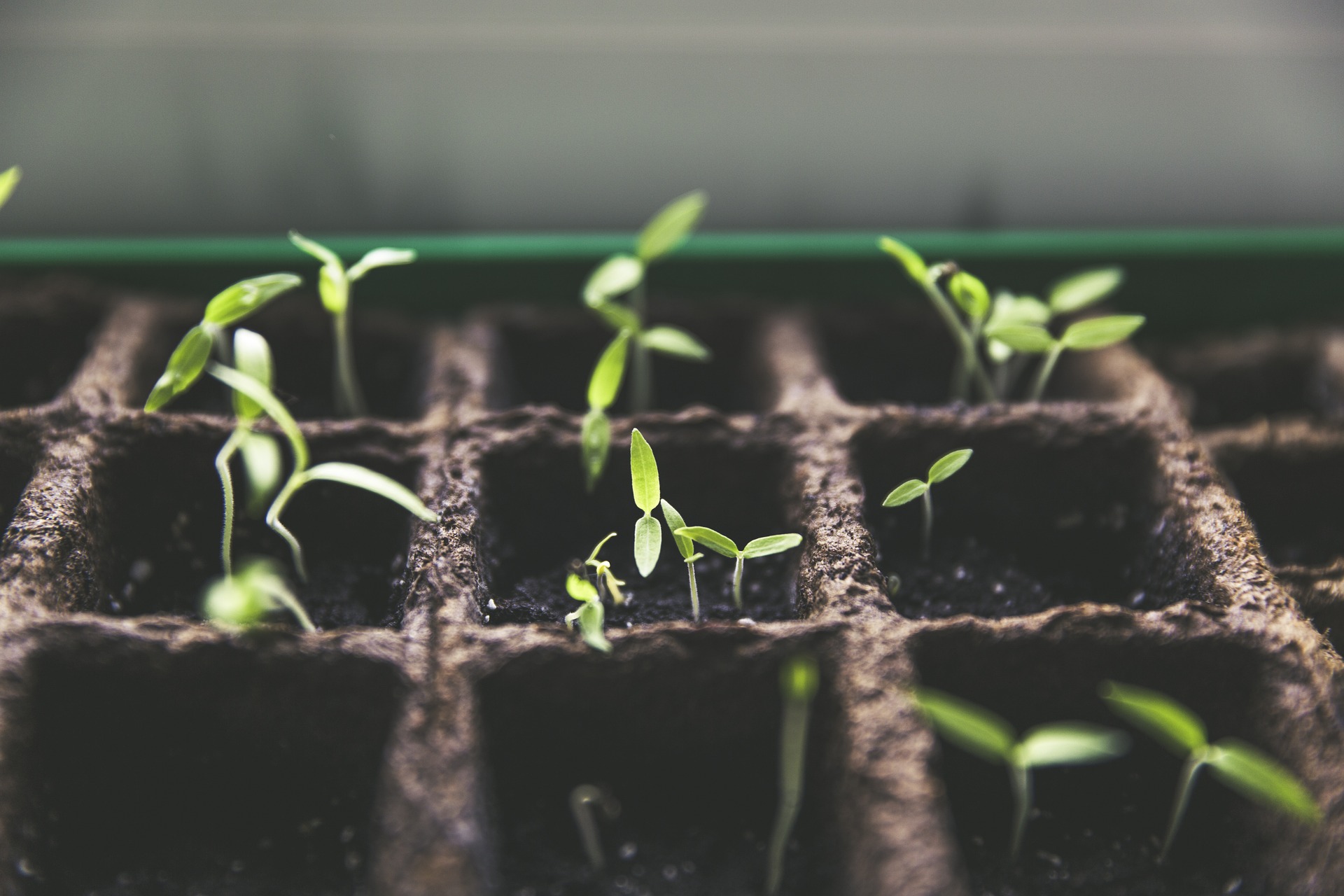
Choose the right season
Sometimes, no matter how much you take care of the plant, it gets withered. It’s frustrating, yes. But have you ever considered the season? Each plant has its own seasons where they grow in full bloom.
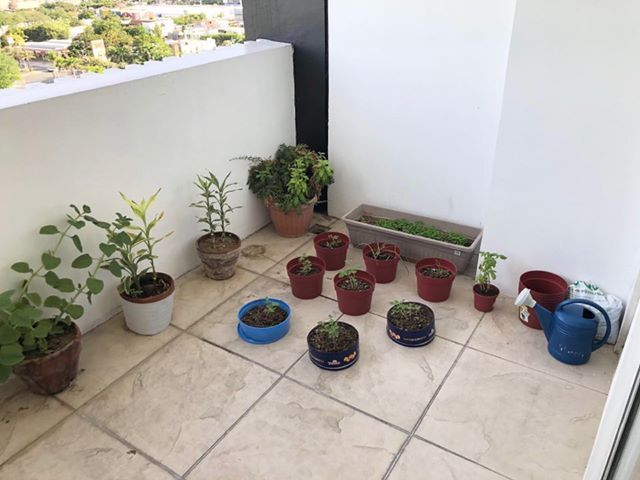
In the Philippines, summertime is most likely the best time to plant as you get the right amount of sun. Be mindful though as summer season in the Philippines can be really really dry and can damage some plants that don’t get enough moisture or water. In other countries, planting season is during spring.
Choose the right fertilizer
There are two types of fertilizers: organic and non-organic. If you’re getting non-organic fertilizers, in order to get the full potential of it, you have to make sure that it contains nitrogen, phosphorus, and potassium in order for your plants to have strong stems and roots.
The most common organic fertilizer, on the other hand, is compost where you can mix vegetables or fruit peels together with the soil. This is said to be one of the most nutritious, cheapest, and easiest fertilizers to use.
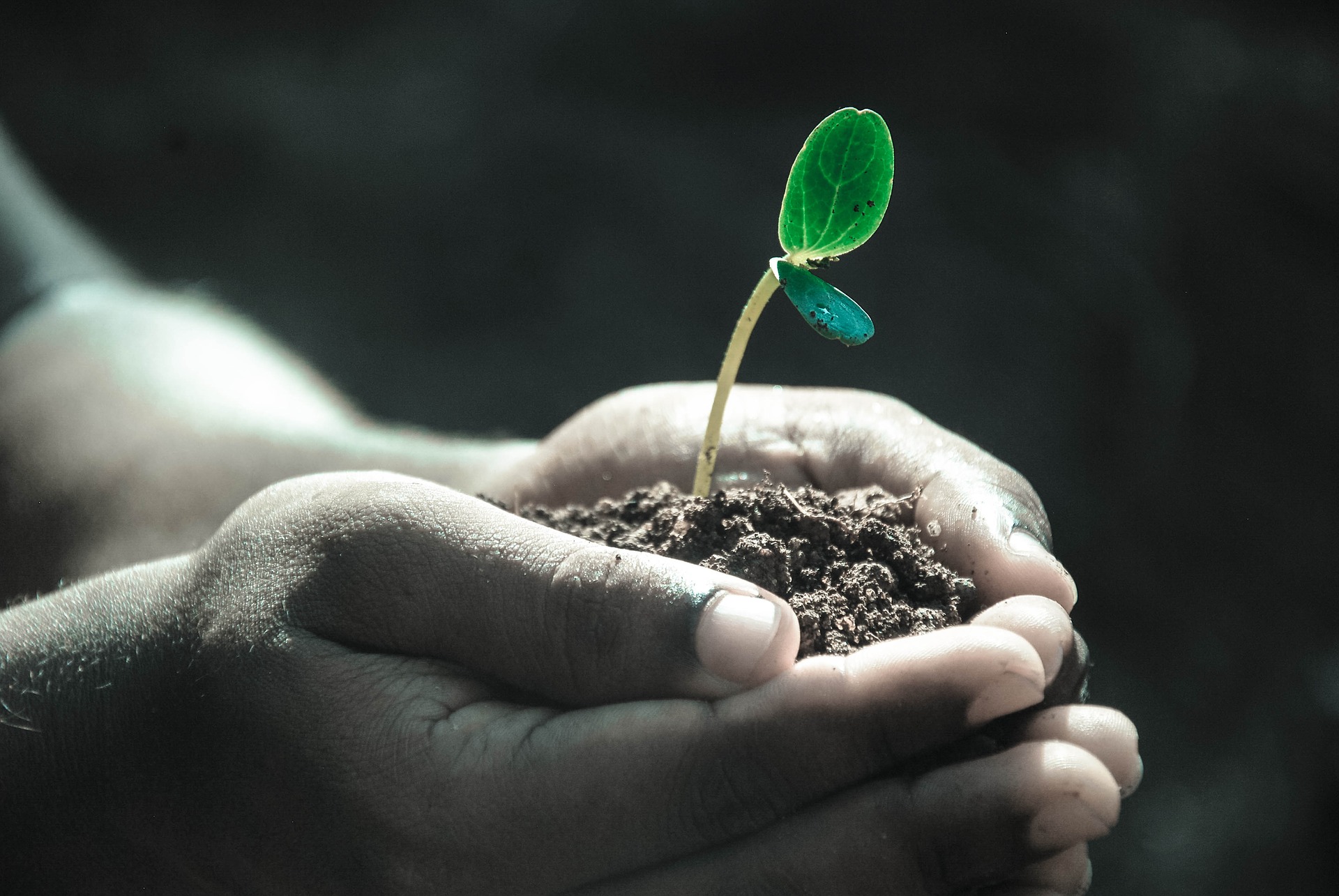
Choose the right soil
If you’re planning to plant your vegetables/fruits using your backyard soil, the first thing you have to do is to test the soil’s pH and nutrient levels. Most soils lack nutrients but most of the time, garden soils work fine.
If you want to check on your soil’s current nutrient levels, you can purchase soil testing kits at the Bureau of Soils and Water Management‘s website (Php 1,500/kit). Black soils, on the other hand, are mostly available in the market. You can mix these ones to your regular soils.
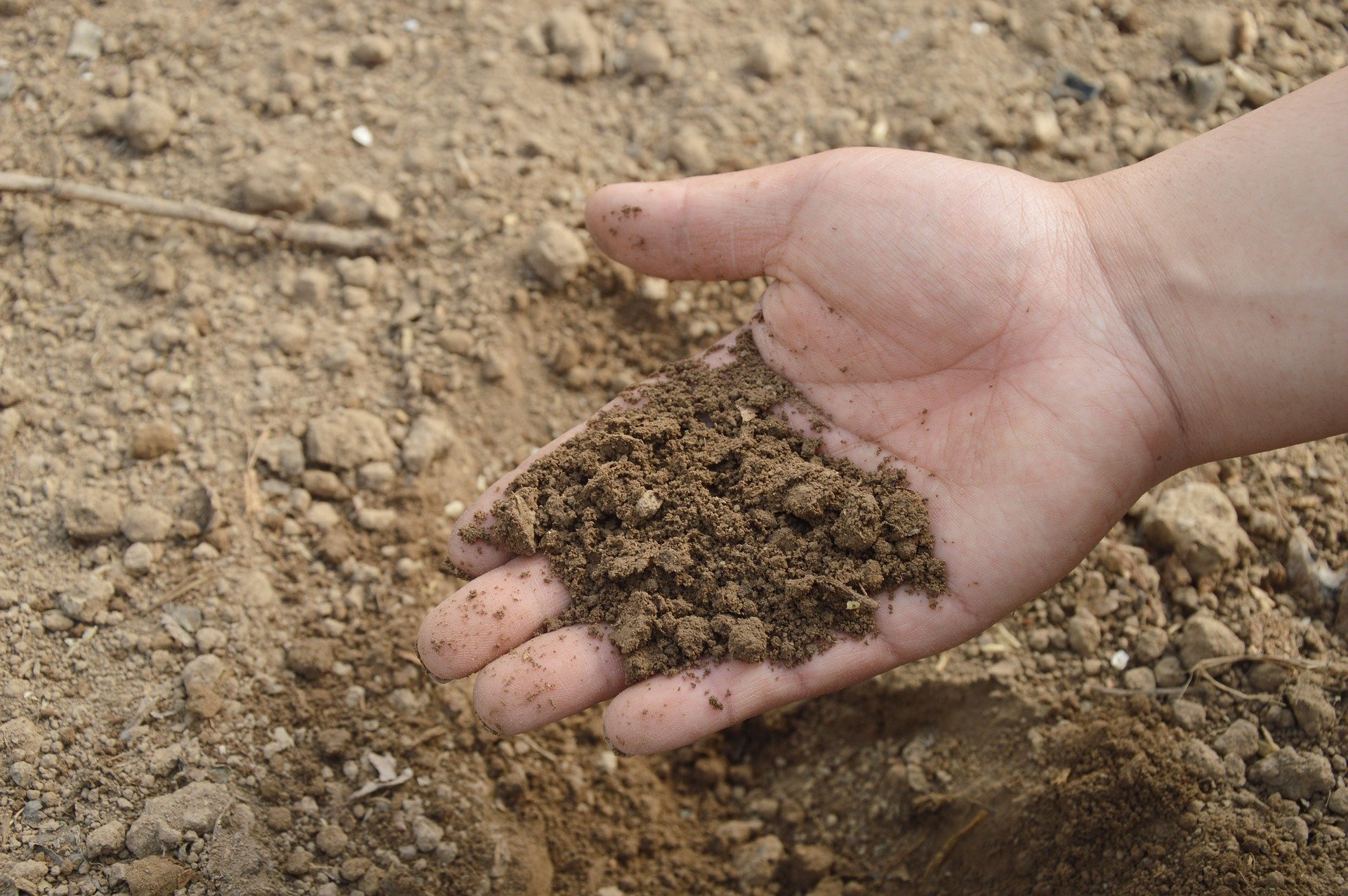
Now that you got the basics of home gardening, the question now is, which is better for starters? Seeds or seedlings? Seeds are cheaper and you have a lot of options to choose from but, it takes a lot more effort and time to let it grow.
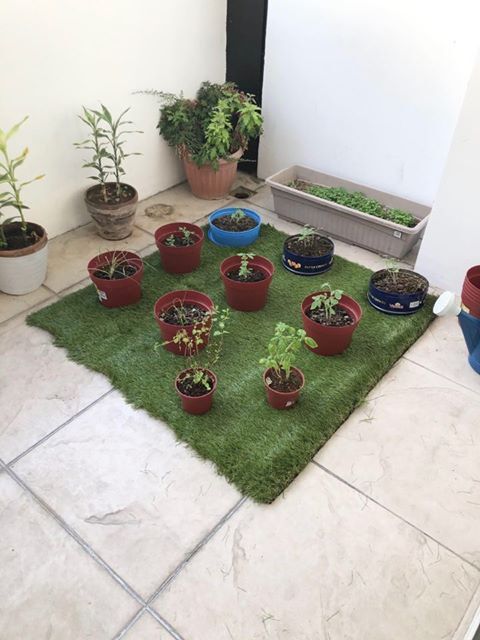
The good thing about it is that you are in full control of growing it. Seedlings are a little tricky, unlike seeds. You need to consider a lot of things, most especially the fact that not all seedlings can survive being transferred.
If you’re not really that knowledgeable yet about seedlings, it is better to use seeds. Below are some of the online stores where you can purchase local seeds:
Growing Your Own Vegetables
Whether or not your house is equipped with a big space, you can definitely grow your own vegetables! Below is a sample on how to start onion cultivation or authentic vegetable cultivation.
Planting Green Onion Cuttings (perfect for beginners)
What you need:
- Leek (rooted)
- Cultured soil
- Planter with a depth of about 15 cm (or a cut plastic bottle)
What to do:
- Put the culture soil in the planter and water it evenly.
- Prepare a piece of leek with a remaining 5-10 cm of root and place it in the soil.
- Place on a sunny and well-ventilated porch and water evenly when the soil surface dries up.
- Apply fertilizer according to the instructions on its package. Be careful not to put too much.
- After it has grown to some extent, cut off the leaves and leave the roots. It will allow the cutting to grow again.
Planting Seeds/Seedlings
What you need:
- Seed or seedling (seeds from vegetables are acceptable)
- Cultured soil
- Fertilizer
- Pot with a 9 cm diameter (for sowing)
- Pots and/or planters (size depends on the scale of grown seeds)
Others: Posts and strings (for vegetables like tomatoes that require posts), insect net, watering can, misting, transplanting iron, work gloves, gardening scissors, etc.
What to do:
- Put cultured soil in a pot and sprinkle 3 to 4 seeds (e.g. lettuce, spinach, pakchoi, beets).
- Once the seedlings grow at least 2 to 3 leaves, the seedlings should be spaced out a little bit so they’ll have more room to grow.
- When they grow 4 to 5 leaves, then, you can already transfer them to a small pot or a larger planter.
- When the surface of the soil becomes dry, water it and add fertilizer according to the instructions on its package.
Note: Some plants like tomatoes need support when growing, so make sure to attach a supporting post before it becomes fully grown.
Overall, gardening can be very easy as long as you give it the right amount of everything. It just needs a little more patience and in no time, you won’t have to spend too much on your groceries as most of the items you need can be found right in your own garden.
Sources: blog.gardeningknowhow, mirimichigreen, greatist, realliving





